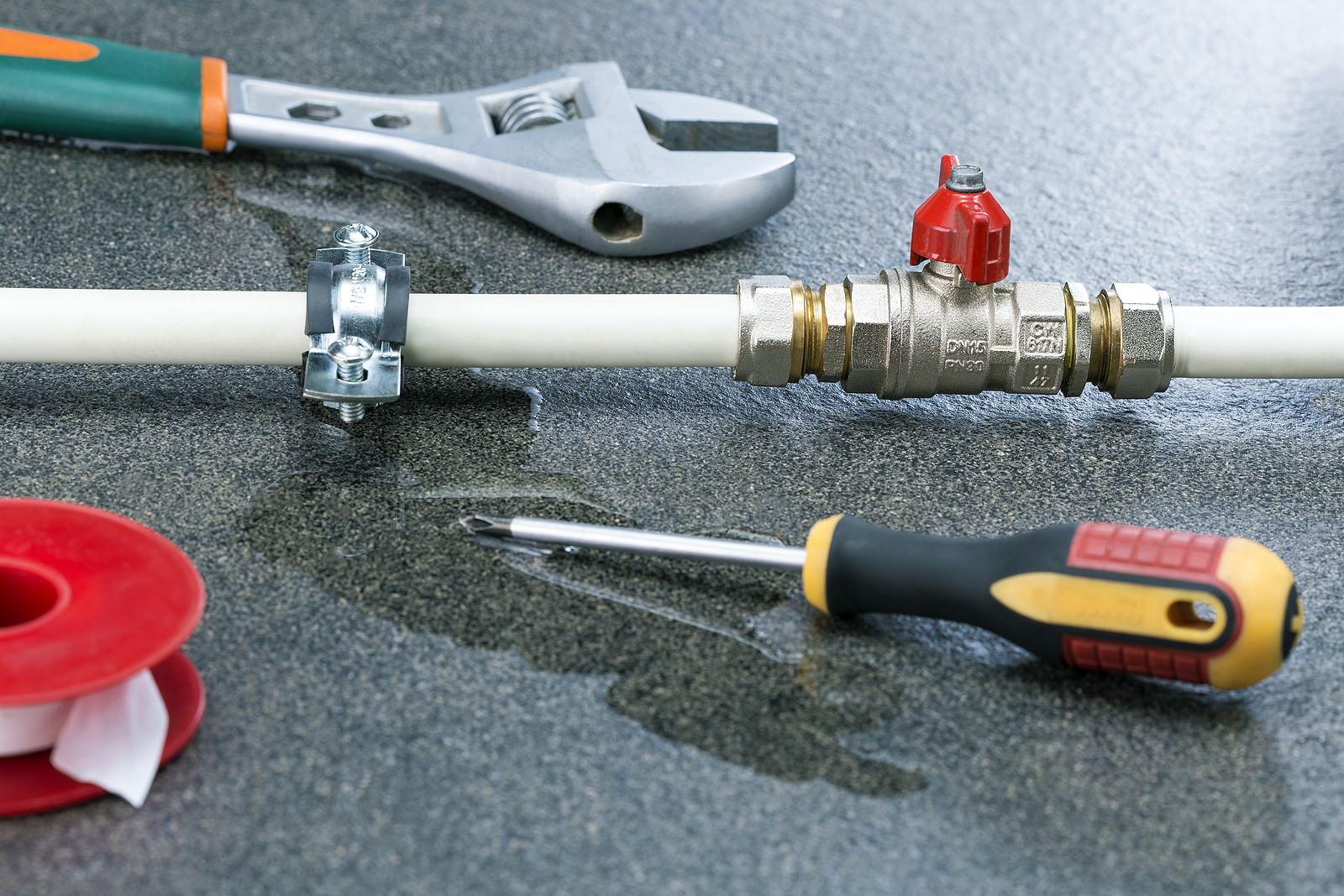Detecting Hidden Water Line Leaks: Six Practical Detection Tricks
Detecting Hidden Water Line Leaks: Six Practical Detection Tricks
Blog Article
We've encountered this post relating to Locating water leaks directly below on the internet and reckoned it made sense to share it with you in this article.

Early discovery of dripping water lines can mitigate a prospective calamity. Some little water leakages may not be visible.
1. Examine the Water Meter
Checking it is a surefire way that helps you uncover leakages. If it relocates, that suggests a fast-moving leak. This implies you may have a slow leakage that can also be below ground.
2. Inspect Water Usage
If you detect unexpected changes, regardless of your usage being the same, it suggests that you have leakages in your plumbing system. A sudden spike in your costs suggests a fast-moving leak.
At the same time, a constant increase on a monthly basis, despite the same behaviors, shows you have a slow leakage that's also gradually escalating. Call a plumber to extensively examine your home, especially if you really feel a warm area on your flooring with piping beneath.
3. Do a Food Coloring Examination
30% comes from toilets when it comes to water usage. Test to see if they are running appropriately. Drop specks of food shade in the container as well as wait 10 mins. If the color in some way infiltrates your bowl during that time without flushing, there's a leakage between the tank as well as dish.
4. Asses Outside Lines
Do not forget to check your exterior water lines too. Must water seep out of the link, you have a loosened rubber gasket. One tiny leak can lose lots of water and also spike your water bill.
5. Evaluate the situation and evaluate
Homeowners ought to make it a practice to inspect under the sink counters and also also inside cabinets for any type of bad odor or mold and mildew development. These 2 warnings indicate a leak so prompt attention is needed. Doing regular evaluations, even bi-annually, can save you from a major issue.
More importantly, if you recognize your residence is currently old, maintain a watchful eye on your heaters, hose pipes, pipes etc. Look for discolorations and also deteriorating as a lot of pipes and appliances have a life expectancy. They will likewise naturally weaken due to damage. If you believe dripping water lines in your plumbing system, do not wait for it to rise. Call a specialist plumber as soon as possible so you don't wind up with a horrible mess in your home.
Early detection of dripping water lines can reduce a potential calamity. Some tiny water leaks might not be visible. Inspecting it is a surefire method that aids you discover leakages. One tiny leakage can waste heaps of water and surge your water costs.
If you suspect leaking water lines in your plumbing system, do not wait for it to intensify.
WARNING SIGNS OF WATER LEAKAGE BEHIND THE WALL
PERSISTENT MUSTY ODORS
As water slowly drips from a leaky pipe inside the wall, flooring and sheetrock stay damp and develop an odor similar to wet cardboard. It generates a musty smell that can help you find hidden leaks.
MOLD IN UNUSUAL AREAS
Mold usually grows in wet areas like kitchens, baths and laundry rooms. If you spot the stuff on walls or baseboards in other rooms of the house, it’s a good indicator of undetected water leaks.
STAINS THAT GROW
When mold thrives around a leaky pipe, it sometimes takes hold on the inside surface of the affected wall. A growing stain on otherwise clean sheetrock is often your sign of a hidden plumbing problem.
PEELING OR BUBBLING WALLPAPER / PAINT
This clue is easy to miss in rooms that don’t get much use. When you see wallpaper separating along seams or paint bubbling or flaking off the wall, blame sheetrock that stays wet because of an undetected leak.
BUCKLED CEILINGS AND STAINED FLOORS
If ceilings or floors in bathrooms, kitchens or laundry areas develop structural problems, don’t rule out constant damp inside the walls. Wet sheetrock can affect adjacent framing, flooring and ceilings.
https://www.servicemasterbyzaba.com/blog/how-to-detect-water-leakage-in-walls/

I recently found that piece on Top leak detection hacks while doing a search on the web. Loved our article? Please share it. Let others find it. Thanks so much for going through it.
For instant fixes, dial! Report this page